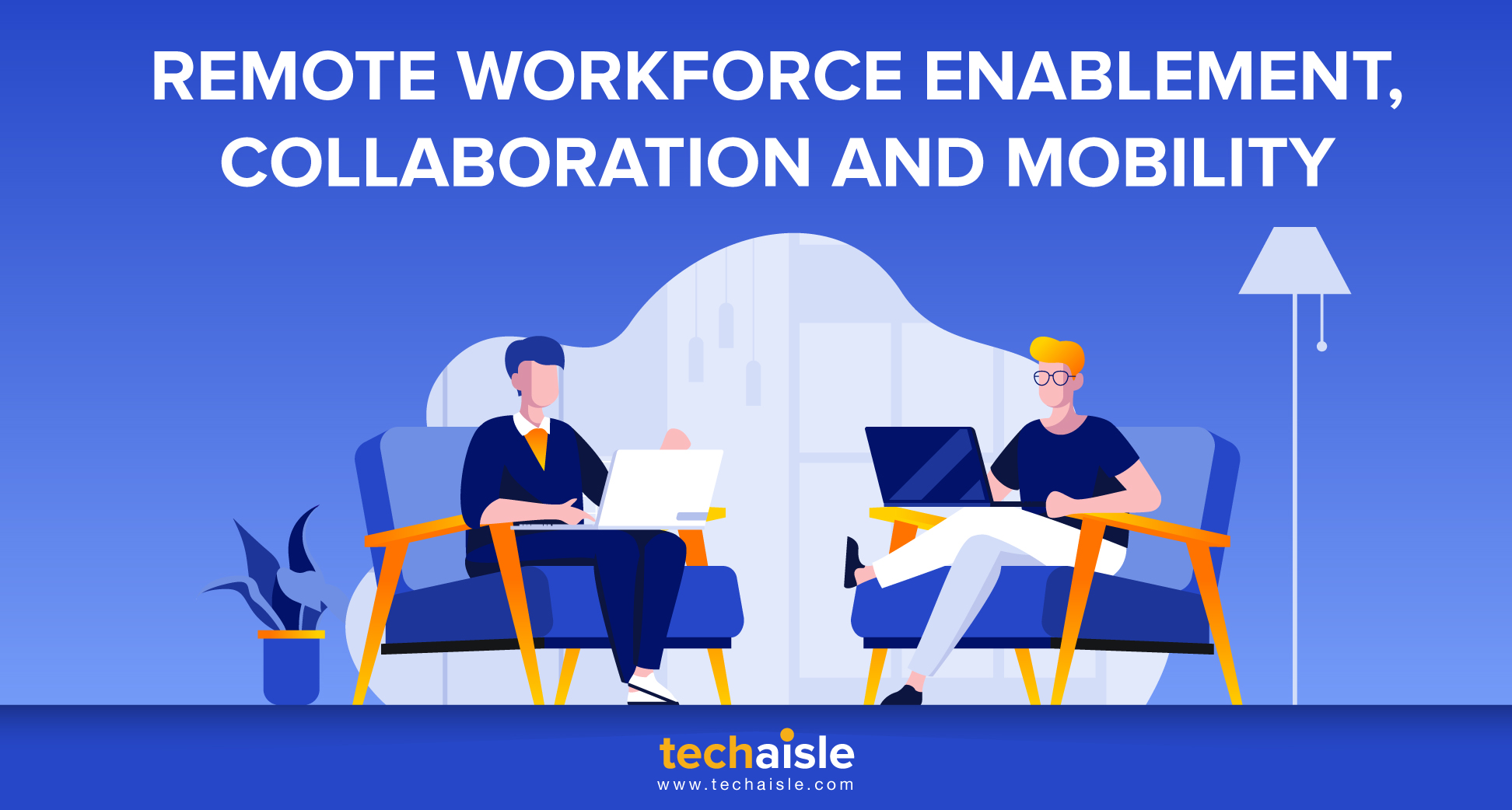Techaisle global survey found that for 42% of SMBs’ improving employee productivity is a priority and 43% are using digitalization initiatives for employee empowerment and over one-third are digitally transforming to support employees. There are many factors involved in driving productivity, including management approaches, processes and practices, and collaboration/synergy across activities and functions. But technology is a key contributor to productivity – directly, and through its ability to positively affect processes and internal coordination. Techaisle research shows that these benefits don’t accrue to all SMBs equally: SMBs that are advanced in their approach to IT (“Enterprise IT”) are about twice as likely to achieve the productivity-enabled benefits than lowest-performing firms, and 30% more likely to realize productivity benefits than the average SMB.
The statistics quoted above show that technology is seen as a source of productivity-enhancing capabilities – meaning, in some way, that technology has “permission” from the business to help drive higher levels of remote workforce performance. However, improved performance requires a strategy, and in technology matters, this strategy is being driven by SMB IT staff. It is therefore important that the SMB IT function be responsive to business requirements, deploying requested technology and delivering user training. There is another role, though, that SMB IT staff management can and should play: focusing on technologies that are proven to contribute to workforce enablement, deploying these technologies within the organization and working with business staff to ensure that the benefits inherent in the technologies are recognized and captured. This advances the IT function from simply responding to requests to providing leadership in enabling the SMB workforce.
Techaisle’s research has identified a number of solutions that are seen as driving productivity within SMBs and midmarket firms – approaches that IT managers can and should explore as they seek ways to connect the potential of IT to demonstrable increases in productivity. Three of these solutions - unified workspace, collaboration, and mobility, are especially important in a technology-dependent economy, and each contributes meaningfully to enabling the workforce.
Unified workspace
“Distributed”, “remote”, “mobile” – these are the realities of today’s workforce. More than half of workers are remote and increasingly SMBs are using technology to provide cohesion within the workforce. Unified workspace solutions, which (in Techaisle’s definition) “provides secure anytime, anywhere, any device access from any web browser with single sign-on and password management for all public and private applications, services and file sources used to run the business” help SMBs to organize workers into connected groups. Techaisle research has found that over 75% of firms deploy unified workspace to support the needs of multilocation and full-time remote workers. These systems also help IT to deliver on key goals of data protection and mobility enablement. Businesses that have adopted unified workspace technology believe strongly that it contributes to productivity by providing a single workspace from which employees can accomplish majority of their daily work, delivering better access to applications and resources.
Collaboration
The term ‘collaboration solutions” doesn’t refer to a single capability or even set of capabilities. It encompasses file sharing, remote and simultaneous file edit, video conferencing and social network integration. From an IT perspective, deploying, integrating and securing this wide range of functions is more than a little challenging. However, there are significant benefits associated with collaboration deployment. Techaisle’s global survey found that 44% of SMBs believe that collaboration solutions help motivate employees to engage, collaborate and innovate, and 51% say that having collaboration solutions in place helps to attract and retain top talent.
Mobility
Each of the two previous solution areas incorporates the notion of mobile employees – and indeed, Techaisle research finds that mobility is very closely linked with workforce enablement. For SMBs, the single most important impact of mobility is to improve employee productivity, and that anywhere/anytime/any device access to corporate systems leads to new ways of engaging with customers and suppliers, and to new revenue streams.
These benefits don’t come without their own issues: Techaisle’s survey found that mobility security ranks on the top five list of SMB IT challenges. However, the upside – especially with respect to remote workforce enablement – is so compelling that SMB and midmarket IT leaders are needing to address security and other mobility concerns and ensure that support for mobility is a key deliverable from the IT department.
